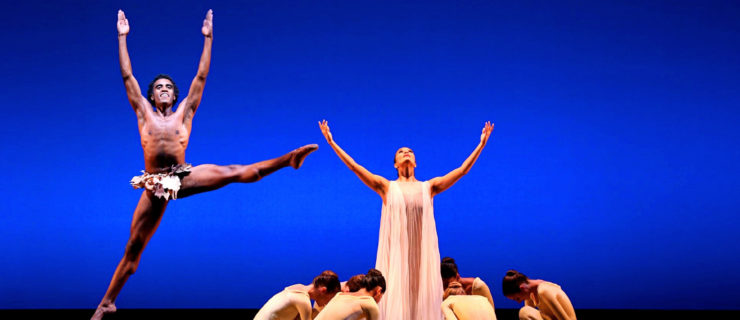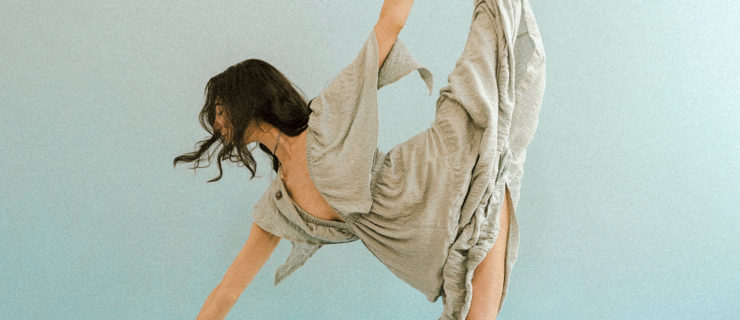How Meditation Can Help and Heal Dancers
Dancers are naturally “in their heads” all the time—but not always in productive ways. Long days of receiving and applying corrections, taking class, and performing can get to even the most composed individuals. What should you do when you feel like your mind is just as busy as your rehearsal schedule? Try meditation. Dance Spirit turned to Adreanna Limbach, a head teacher at NYC-based meditation studio MNDFL, for a breakdown of this highly beneficial practice.
What It Is
Meditation has been around for about 2,600 years, but it’s having a moment in the spotlight—specifically, mindfulness meditation. Derived from Buddhist teachings, mindfulness is the practice of paying attention to present internal and external experiences happening in and to your body. “Not to pose it as a universal cure-all, but there are so many amazing side effects that have been studied, witnessed, and quantified over the last decade,” Limbach says. The benefits of mindfulness have been tracked via neuroimaging techniques, psychological studies, and more, all of which uphold its effectiveness.
What (and How) It Helps
Regular meditation practice can help with focus, depression, and anxiety—and all it takes is 10 to 15 minutes of dedicated time a day. “Meditation teaches you to feel the energy of your emotions, rather than identifying with the emotion itself,” Limbach says. “When you take time to sit down in a quiet space and tune in to how you truly feel in your body, not emotionally in your head, you’re able to allow more energy flow without latching on to self-defeating thoughts that perpetuate negative feelings.”
When to Do It
You need to practice meditation consistently in order to feel the full benefits—something Limbach feels is super-fitting for dancers. “Practice meditation like you’d practice your choreo: over and over.” At the end of the day, Limbach stresses, there’s no such thing as being good or bad at meditation: “Even if you feel like you can’t figure it out, you’re probably better than you think you are. Your mind is busy. No big deal—just try again, because you’re already halfway there.”
Where to Start
Limbach suggests starting with mindfulness of breath and body. “It’s a foundational practice that supports many other forms of meditation, and it’s got the research to back it up,” she says:
-
Find a quiet space and relax your body in an upright,
seated position.
Your eyes can either be closed, or in a relaxed, soft, downward-cast gaze. -
“Feel” into your body—
the weight of it, the shapes it makes, how your clothes feel against your skin, the temperature of the air—anything that brings you closer to feeling how your body is resting in the space. -
Feel your breath moving through your body.
You don’t need to manipulate your breathing by increasing or decreasing the speed. Notice where the most air is available in your body, how your stomach rises and falls, the sensation of warm and cool air at the tip of your nose and back of your throat. Ride the cycle of breath as it moves through you. -
When you feel your mind wandering elsewhere, acknowledge where your attention lands, then gently return it to the breath in your body—over and over again.
If you get lost in thought, that’s OK. Come back to your breath. The benefits come from you recognizing that your mind has wandered, then using mindfulness to return to your breathing.
Dance Spirit with the title “Don’t Hesitate—Meditate!”




